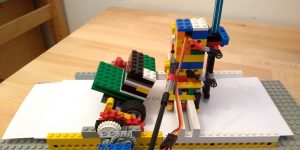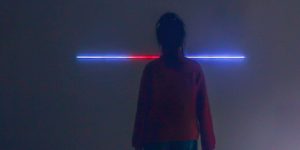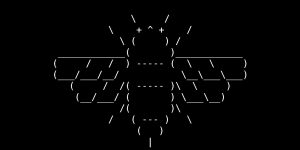writing

Plottegoino
Benjamin Aster (AT)
Plottegoino is an Arduino-controlled Lego plotter that can print any desired letters.

Spectacular Resonance
CCW, University of the Arts London
MA Fine Art Digital is a course that asks questions about what art is in a digital environment. Rather than focusing on specific technology, it allows students from incredibly diverse backgrounds to engage with significant issues through their art. BA Print & Time Based Media is a course that combines the traditional with the contemporary, bringing together print-making, photography, film, audio, writing, video and performance art. This exhibition is co-curated by artists and Program Directors Jonathan Kearney and Lois Rowe from UAL and will showcase work from areas they oversee.

Swipe
Bérénice Serra (FR)
Swype is a virtual keyboard, developed for touchscreen smartphones and tablets, that allows the user to write by sliding his finger from the first to the last letter of a word. Using a predictive text system, this keyboard can achieve a writing speed of 50 words per minute. The Swipe project proposes a translation app that highlights a link between writing speed and the enrichment of language through graphic writing, by recording the signs generated with the Swype keyboard. Each word then produces a new sign.

Nothing wild in particular
Jeremie Nuel (FR)
Consciousness, memory, reality and identity are regular themes in Philip K. Dick’s books. These concepts have fed into AI research since the seventies. This work uses Andrej Karpathy’s neural network, known as “recurrent,” to train a computer program, using as source a text or a corpus. Once trained, the code writes, character by character, a new text. The corpus that feeds the neuronal network shortens Philip K. Dick’s work (52 books). As a mirrored entity, strange and undisciplined, the computer program tries to write, at every iteration, step by step, an often-absurd story, and sometimes, a poetic one.


